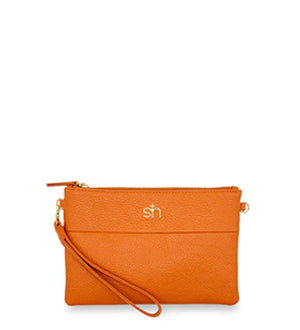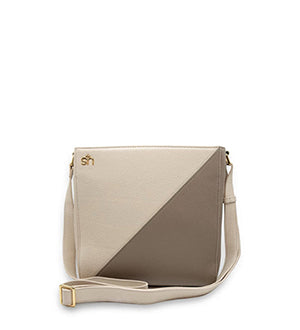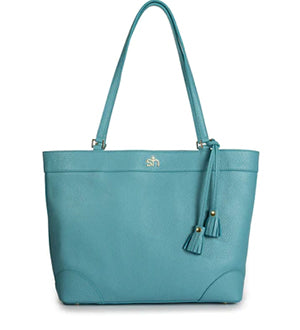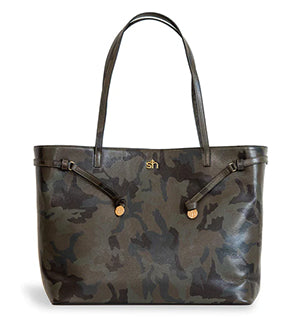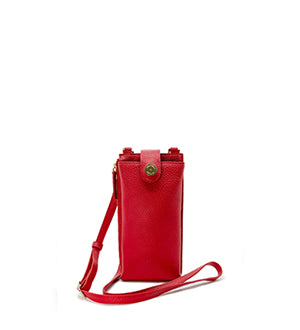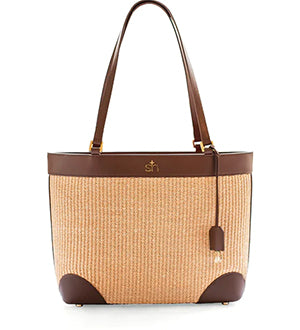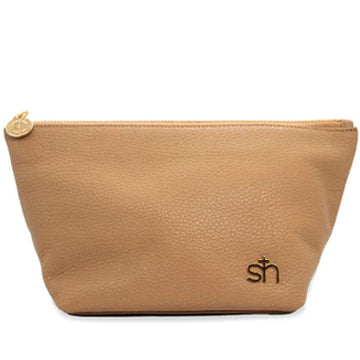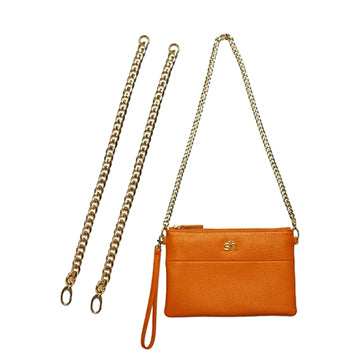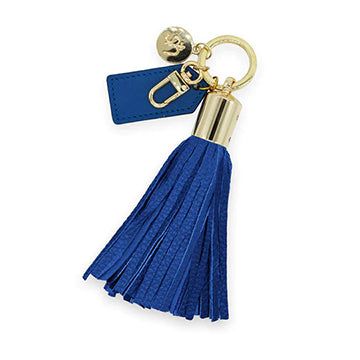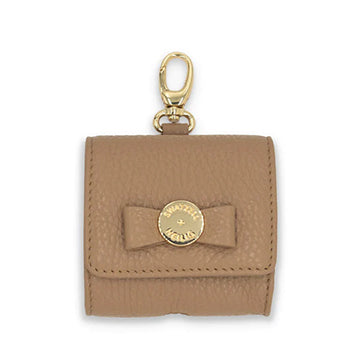The Environmental Impact of Fast vs. Slow Fashion

Quick Listen:
The fashion industry has garnered significant attention for its environmental impact. From toxic dye runoff to waste piling up in landfills, the environmental degradation caused by the industry is undeniable. But there is a shift happening. As consumers grow more conscious of the ecological damage caused by fast fashion, many are turning towards slow fashiona more sustainable and ethical alternative. This article delves into the stark contrast between fast and slow fashion, examining how fast fashion's mass production model accelerates environmental harm, and how slow fashion offers a more responsible path forward.
The Rise of Fast Fashion
Fast fashion refers to the rapid production of cheap, trendy clothing, often based on the latest fashion runway shows or celebrity styles. Brands like Zara, H M, and Shein have mastered the art of producing new collections in a matter of weeks, creating a constant stream of options for consumers. This hyper-velocity cycle is built on a foundation of mass production, quick turnover, and artificially low prices, all of which have made it a dominating force in the fashion industry.
While the affordability and accessibility of fast fashion appeal to many, the environmental costs are severe. To understand this impact, it's essential to look at the different aspects of the fast fashion industry that contribute to its environmental degradation.
Environmental Costs of Fast Fashion
1. Mass Production and Overconsumption of Resources
Fast fashion relies on large-scale production, often with little regard for the depletion of natural resources. The textile industry is one of the largest consumers of water in the world, with cotton cultivation requiring vast amounts of water. Additionally, synthetic fibers such as polyester, which are commonly used in fast fashion, are derived from petroleum, a finite and polluting resource.
The production process itself generates significant carbon emissions, contributing to climate change. Fashion's supply chain, from raw material extraction to manufacturing and shipping, results in an immense carbon footprint. According to the Ellen MacArthur Foundation, the fashion industry accounts for 10% of global carbon emissionsmore than the aviation and shipping industries combined.
2. Waste Generation
Fast fashion's rapid turnover leads to an overabundance of clothing being produced and consumed. A large percentage of these garments are designed for short-term use and are disposed of quickly. In the U.S. alone, approximately 85% of all textiles are discarded every year, amounting to millions of tons of waste. Many of these clothes end up in landfills, where synthetic fibers, which take hundreds of years to decompose, remain for decades.
Moreover, many fast fashion garments are made from non-biodegradable materials, such as polyester, which contributes to microplastic pollution. As these fabrics break down in landfills, they release microplastics into the environment, which eventually find their way into oceans and ecosystems, harming wildlife and human health.
3. Pollution
The dyeing and finishing processes used in fast fashion are often highly toxic and release pollutants into nearby water sources. In countries with lax environmental regulations, such as Bangladesh and China, large textile factories discharge untreated chemicals and dyes into rivers, polluting water supplies and harming local communities. The use of harmful pesticides in cotton farming further exacerbates this problem, affecting both human health and biodiversity.
The fashion industry also contributes to air pollution, particularly through the transportation of garments across long distances. Fast fashion brands often source products from low-wage countries where production costs are lower. This globalized supply chain results in emissions from ships, planes, and trucks, all contributing to the industry's carbon footprint.
The Rise of Slow Fashion
In stark contrast to fast fashion, slow fashion emphasizes quality over quantity, sustainability over disposability, and ethical production practices. Slow fashion brands seek to reduce the environmental impact of their products by promoting transparency, using eco-friendly materials, and producing garments that are designed to last.
The slow fashion movement encourages consumers to make thoughtful purchasing decisions and to embrace a more sustainable lifestyle. Rather than being driven by fleeting trends, slow fashion values timeless, well-made pieces that can be worn for years. This commitment to sustainability and ethical practices addresses several of the environmental concerns that arise from fast fashion.
Environmental Benefits of Slow Fashion
1. Sustainable Materials
Slow fashion brands prioritize the use of eco-friendly materials, such as organic cotton, hemp, and Tencel, which have a smaller environmental footprint compared to conventional materials like conventional cotton or polyester. These materials are often grown without harmful pesticides or synthetic fertilizers, reducing the environmental impact of textile farming.
Additionally, slow fashion embraces the use of recycled and upcycled materials. Many designers create collections from pre-existing fabrics, reducing the need for virgin resources. Upcycled garments, made from repurposed fabrics or vintage items, help divert textiles from landfills and give them new life, reducing waste.
2. Ethical Production and Fair Labor Practices
Slow fashion also emphasizes ethical production methods, ensuring that workers are paid fair wages and work in safe conditions. Many slow fashion brands partner with artisans or small manufacturers that prioritize the well-being of their employees. This contrasts sharply with the exploitation often seen in the fast fashion industry, where workers in developing countries are subjected to poor conditions and low pay.
By supporting small-scale, local production, slow fashion also reduces the need for long-distance transportation, minimizing emissions from shipping. As a result, the carbon footprint of slow fashion products is significantly lower compared to those produced through fast fashion's global supply chain.
3. Longevity and Timeless Design
Perhaps the most significant environmental benefit of slow fashion is its emphasis on longevity. Slow fashion pieces are crafted with durability in mind, using high-quality fabrics, stitching, and design techniques. This focus on craftsmanship ensures that garments are built to last for years, reducing the need for frequent replacements.
Slow fashion encourages consumers to purchase fewer, but better-quality items, helping to curb overconsumption and waste. By promoting a mindset of mindful consumption, slow fashion fosters a more sustainable approach to clothing ownership, one that values items for their longevity and emotional connection rather than their fleeting trendiness.
Moving Forward: A Path Toward Sustainability
The rise of slow fashion offers a promising alternative to the destructive practices of fast fashion. As awareness of the environmental impact of the fashion industry grows, more consumers are opting for ethical, sustainable brands. However, the slow fashion movement is still in its infancy, and there is much work to be done.
Governments, corporations, and individuals must collaborate to create a more sustainable fashion industry. Policy changes, such as incentivizing sustainable practices, regulating waste management, and promoting eco-friendly production, can encourage brands to adopt more responsible approaches. Consumers, too, must be proactive in educating themselves about the impact of their purchasing choices and supporting brands that prioritize the environment and ethical production.
Make Big Impact
The fashion industry's environmental impact is vast, but the rise of slow fashion offers a glimmer of hope. By prioritizing sustainability, ethical production, and longevity, slow fashion presents a viable alternative to the wasteful and harmful practices of fast fashion. As more consumers demand change and brands rise to the challenge, the fashion industry can evolve into a more responsible, eco-conscious force for good. In the fight against environmental degradation, slow fashion represents a necessary shift towards a greener, more sustainable future.
You may also be interested in: A Japanese Firm Is Turning Peanuts Into Leather Swatzell + Heilig
Indulge in the craftsmanship of attainable luxury Italian leather. Exclusive designs and impeccable functionality, handcrafted to last a lifetime. Shop the Swatzell + Heilig's fashion collection now!
Powered by flareAI.


